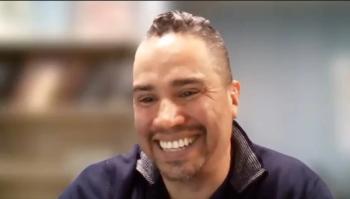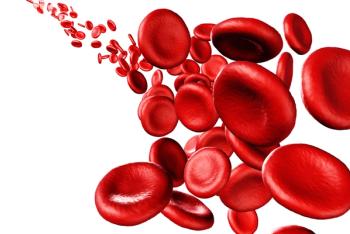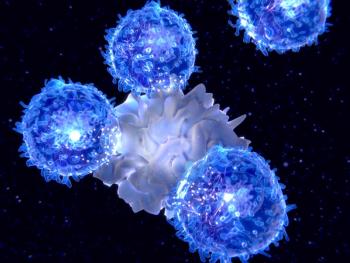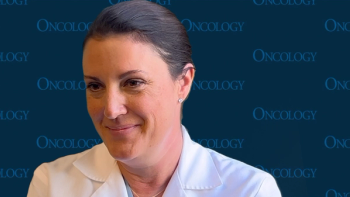
Courtney DiNardo, MD, on Next Steps in Combination Regimens to Treat IDH1-Positive AML
The MD Anderson Cancer Center expert discussed next steps in the evaluation of ivosenidib plus venetoclax, with or without azacytidine, in patients with IDH1-mutated acute myeloid leukemia.
Researchers are no finishing phase 1 of a trial designed to evaluate ivosenidib (Tibsovo) plus venetoclax (Venclexta) with or without azacytidine (Vidaza) in patients with IDH1-mutated acute myeloid leukemia (AML).
As part of a phase Ib/II trial, presented at the 2020 ASCO Virtual Scientific Program, the triplet appeared to be effective. As a next step, in phase 2 of the trial, the researchers will evaluate the regimen in treatment-naïve patients and those with relapsed/refractory IDH1-mutated AML.
In an interview with CancerNetwork, senior study author Courtney DiNardo, MD, associate professor of leukemia at The University of Texas MD Anderson Cancer Center, discussed next steps for the trial.
Transcription:
We are finishing up the phase 1 portion, which is where we're going to finish dosing the 2 different triplet cohorts. And then what we're going to do is take a step back and kind of analyze all the data figure out in which cohorts we saw the best responses and the most durable responses, the deepest remissions. And then we're going to move into the phase 2 portion, which is where we're going to take 2 different groups, the treatment-naive and the relapsed/refractory patients and kind of build out like a 20-patient cohort each, so 40 patients in the phase 2 to get a better sense of efficacy in these different subgroups and figure if it could actually be different treatments in those 2 different cohorts.
We may decide for 1 that the doublet is the right thing to do in the triplet and just build upon the responses and, in particular, the duration of remission. That point I think is going to be really important.
Newsletter
Stay up to date on recent advances in the multidisciplinary approach to cancer.























































































